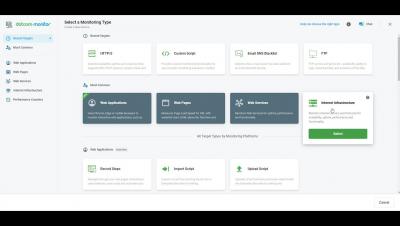WebSocket Application Monitoring
WebSockets have been around for over a decade now, but the real-time web existed long before they came. This preceding ‘real-time’ web was typically slower and hard to achieve. It was attained by hacking available web technologies that were not primarily built for real-time applications. There was no solution with TCP/IP socket-style capabilities in a web environment that could address all concerns associated with operating in a web environment.








